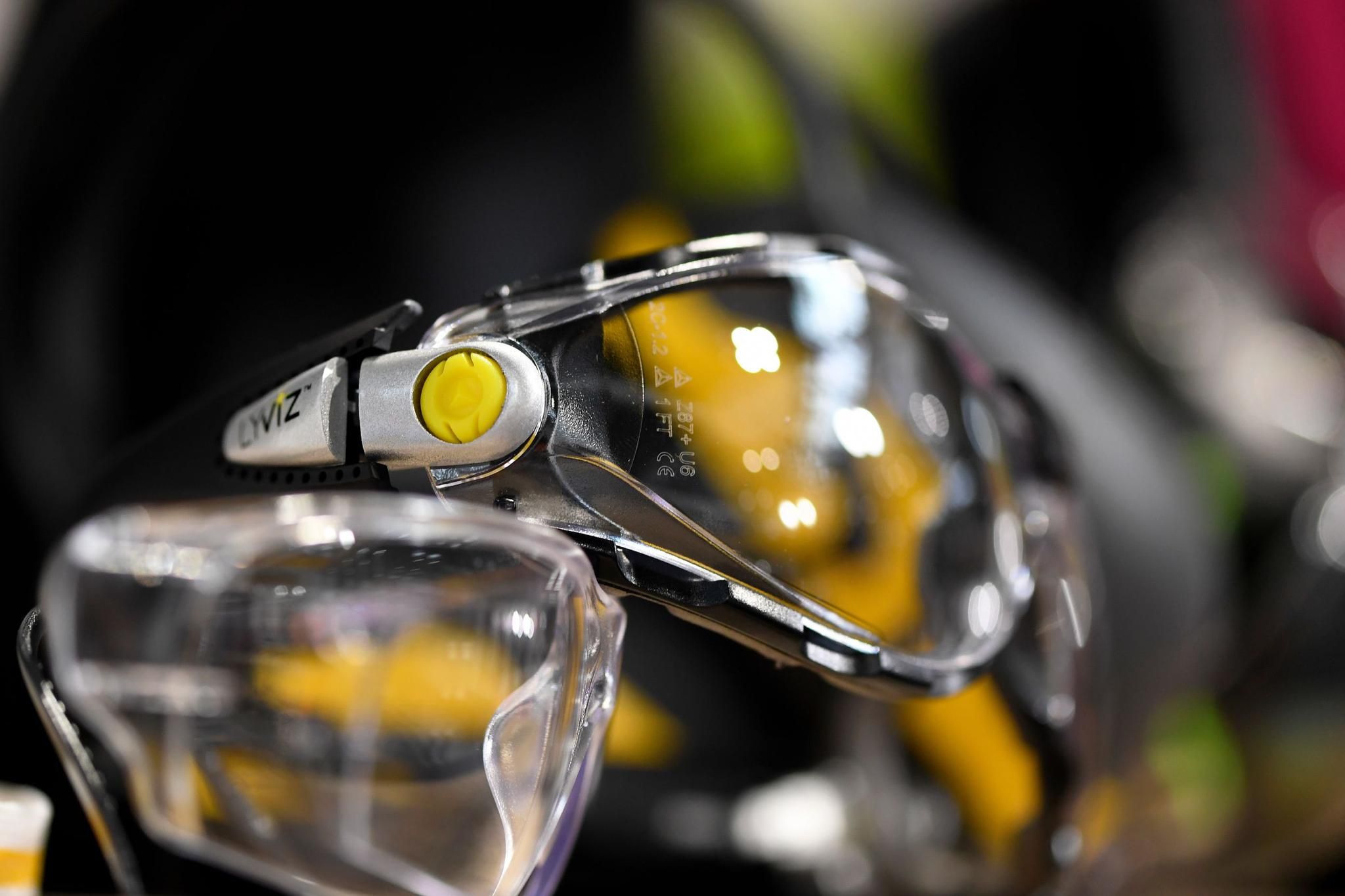Check Your Ladder is Safe Before You Use It
)
Checking a ladder for safety before use is crucial to prevent accidents and ensure a safe working environment. Here’s a step-by-step guide on what to look for:
Visual Inspection:
• Look for visible damage, such as cracks, dents, bends, or corrosion on the ladder stiles (the long part of the ladder), rungs, guide brackets, rung hooks, feet and end caps.
• Check for missing or damaged parts, including feet, spreader bars, locks, and hardware.
If the ladder you plan on using has any of the above defects, please isolate, tag and report it to ensure that nobody will use it until these defects have been rectified.
Labels and Markings:
• Ensure all ladder safety labels, warnings, and markings are legible and intact. These labels provide essential information about the ladder’s weight capacity, proper usage, and safety precautions.
If the labels have been damaged/scuffed, please get in touch with the manufacturer to source new labels.
Connections and Joints:
• Inspect the joints and connections between ladder sections (for extension ladders) to ensure they are secure.
• Make sure hinges and spreader bars are in good condition and lock into place properly.
Feet and Base:
• Check the ladder’s feet or end caps for wear, damage, or deformities. They should be slip-resistant and in good condition to provide stability.
• Ensure that any movable feet or extensions are functional and locked securely.
Ladder feet are just like tyres on a vehicle. Over time, they become worn out, but ladder feet can be replaced easily. To replace the feet, please get in touch with the manufacturer, and they will be able to send replacement feet.
Rungs and Steps:
• Test the rungs or steps by applying pressure to ensure they are secure and do not move.
• Look for any signs of wear, such as rounded edges or splintered wood on wooden ladders.
Extension Ladders:
• If using an extension ladder, confirm that all locks and extensions are in proper working order before attempting to climb.
Weight Capacity:
• Check the ladder’s weight capacity rating before climbing, don’t forget you must include your weight, and the weight of any tools etc you will be using on the ladder.
Ladders & steps used in a working environment should all be certified to the latest EN131 Professional standard– under which ladders & steps will have been tested to 150kg max load
Environment:
• Assess the work environment. Ensure the ladder is suitable for the task and that there are no obstacles, electrical hazards, or other potential dangers in the vicinity.
Documentation:
• Maintain a ladder inspection record, noting the inspection date and any issues found. If the ladder is found to be unsafe, remove it from service until it is repaired or replaced.
Do not use the ladder if you identify any issues during the inspection. Repair or replace it as necessary before proceeding with your task. Regular inspections and proper maintenance are essential to ensure ladder safety in the workplace.
If you have any questions about ladder or stepladder inspection, or you want to attend our Training Centre to learn more as part of an accredited Ladder Association training course, get in touch with the team today on 029 2132 0000 or via sales@tbdavies.co.uk


.png)
.png)
.png)
.png)
